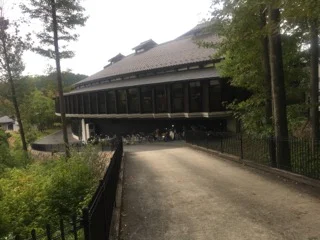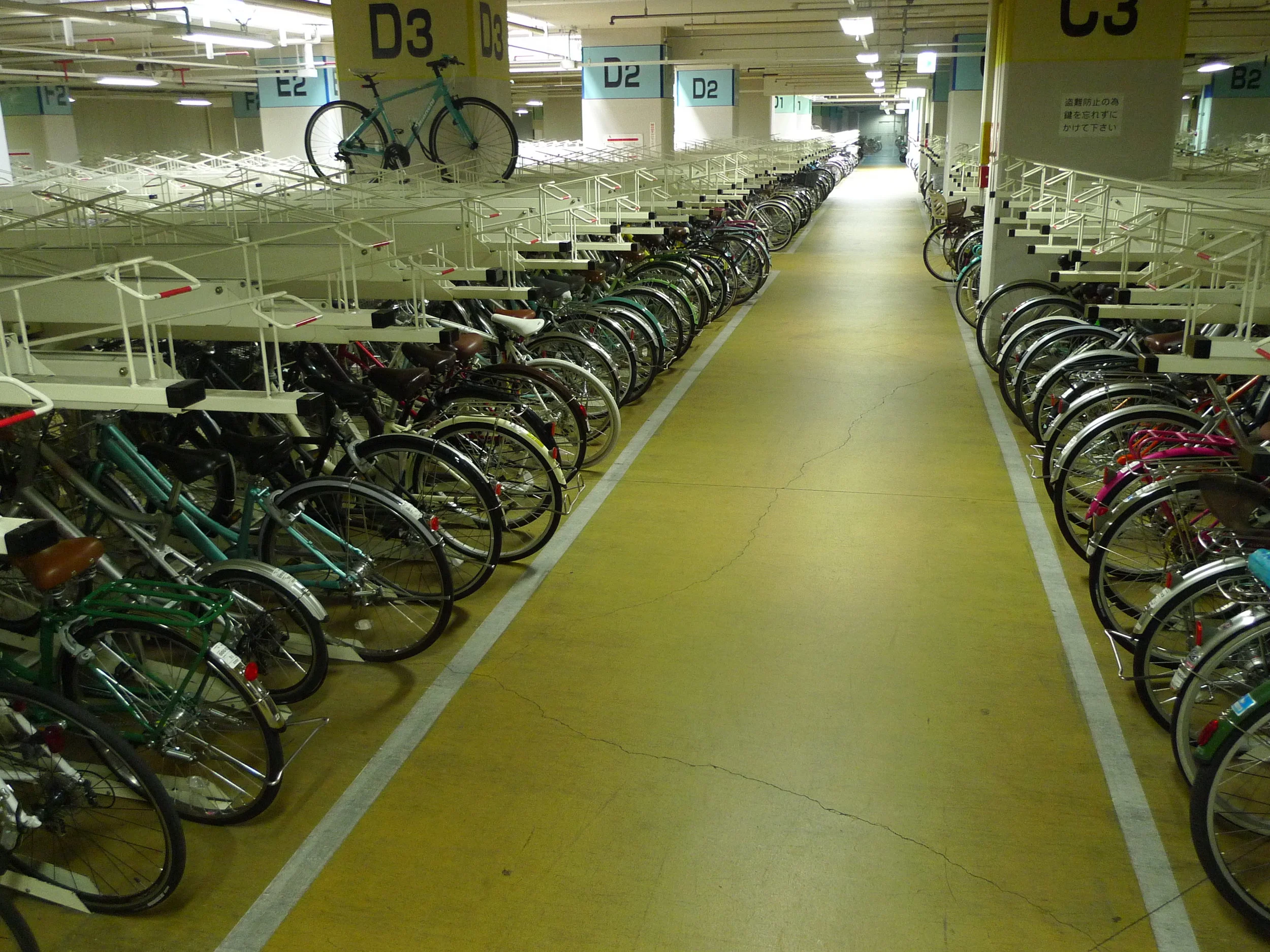Kyoto Diaries II.
December 2018
I went to Kyoto again in Dec 2019 for a conference at the Research Institute for Humanity and Nature, on the Humanities and the Anthropocene in Asia. Kyoto in December is lovely, cool, rainy with spots of sun, vestige of Fall leaves, stores decked out for Christmas in a low key way. I am still bowled over by the attention to detail, to display, to beauty. And I must confess, shopping in Kyoto is fun. So many lovely clothes, great fabrics, good design, its enormously tempting – one of this, one of that, trying things on and the process of seduction by sales people. But then, there are the fabrics of daily use, ceramics, the cast iron items from tea pots and trivets to cooking vessels and wind chimes, and the glassware, all so elegant.
Went back to the Noto Peninsula to the Ryokan in Suzu, at the top of the peninsula, at the tip of the land curving in Eastward to create the Sea of Japan. High mountains on the other side – the Japanese Alps, glistening, covered with snow. Clean spits of sand jutting in from shore, with rocks and shells, scarcely any trash, and clear water with seaweed. But most of the shore is hardened along the town, and just 50 ft from the shore there are the characteristic Japanese breakwater cement giant jack-like looking barriers. Little ‘natural’ is left after years of modernization and disaster prevention – of course Fukushima is the example that shows the vulnerability of all these efforts.
Suzu has quite a lot of abandoned houses – shoreline property in fact, with beautiful views across the sea, and houses no doubt subjected to pounding storms. There was still a little snow from the previous week’s weather, and intermittent hard downpours. These rural places, as beautiful as they are, that once had vibrant agriculture, fishing, salt making, a timber industry and no doubt more, are dying, people moving to the city. The son of the proprietors of the Ryokan wants to be a rock musician (he is 14). He just spent the Fall in England and will not return to the Ryokan for the holidays, instead he will go to Osaka. The daughter, who is helping, wants to be a writer, and is a good artist. She is ok there, but ambivalent. She is 19, so also young. Things may change, but the founder and owner is in his early 70s, his wife must be in her late 40s, and the place is built on his local knowledge and desire to make an authentic Japanese experience. He is a renowned soba noodle maker. He goes from village to village collecting the bucket full of organic buckwheat that was produced that year by that farmer, then off to the next, accumulating his supply. He knows the best place for wasabi, the local organic vegetable growers, who makes the best salt, where to get the best local rice, the fisher person at the market. He is a person of the place, with an intent about what he does, and has created an exquisite ryokan based on traditional design. It is a fusion of old and new (like excellent windows) done deftly, gracefully. The dining room is heated with a wood stove and has a shallow sandy pit where charcoal is burned at night – locally made, artisanal charcoal. Everything is done with care and attention. Sheets and kimonos are washed and starched in the town, crisp and perfect. The futons are comfortable and the feather duvets thick and warm, covered by a soft heavy white wool blanket. I loved the warm main room and boiling onsen with a view out to a bamboo grove where the chickens run during the days, contrasted with the chilly semi-open air hallways and sink/toilet area. The long sink with a wooden slated bottom with 4 faucets and copper wash pans, has an open window area above it, with a view into one of the small courtyard gardens. It’s a thrill to move from one area to the other, warm, chilly, warm, hot, chilly.
I ate a specific small variety of taro, gray, a bit potato-like, but less thick, it was steamed and served on a plate with a bit of uzu on it. That was it. There was a dish of semi pickled daikon. Just the root on a plate. Finely grated (almost like a snowcone) lotus root in a light broth with some wasabi on it was another unusual dish that called for really exercising taste attention. It is late, late Fall, roots are available, those were what was served. But also buckwheat noodles hot and cold, eggs, dried fish of different types. The fish head soup was a first for me, delicate broth, delicate fish, it was delicious. The grilled yellowtail jaw was spectacular – yellowtail season has begun and the Ryokan bought a quarter yellowtail.
But it all takes work, dedication to an uncompromising vision of the authentic, the good, the clean, the regional. And we cosmopolitan moderns pass through, enjoying, absorbing, eating, barely seeing the multiple levels, the complex architecture of all the moving pieces. The Ryokan is not modern, it is sophisticated and subtle. It requires labor. Grating the lotus root for the dish probably took an hour, same with the daikon snow-like mound. No machine will really do it the same way. They also make miso each January, from local organic soybeans, soaking them 24 hrs, cooking them with wood another 24 hrs or so, then passing them through a hand crank mill, storing it, moving it from one place to another during the year for temperature control. Patient people intensive production, whose quality is a result of practice. Few want to spend that kind of time and effort.
But I think that things could change if there was a 2 year national service where youth worked in a craft or activity of their choice and were paid – as well as the receiving mentor. Youth would have a long enough immersion to really get an understanding of what was involved, beyond the initial boredom/tedium or enchantment. Perhaps some would find passion for the activity, a delight in it. And the countryside might be a bit repopulated. Others might want to make the product accessible to markets, or come live to engage in small commerce, revive a lumber mill. Who knows. But if there is not sustained exposure, how can there be a real choice? Currently there is only a choice mediated by media, by Facebook or an equivalent, that makes the modernist promise of material success so alluring, glittering and easy, full of luxury and choice, of stuff and a certain status. And school does not help as it does not provide any alternatives to explore, including artisanal trades, philosophy, poetry, music and critical thinking (let alone civics!). Perhaps this is romantic. But it is true youth is poorly exposed to options, to cooking, to making, to engaging physically, bodily. To learning how to use their hands to develop dexterity and skill, to exercise eye-hand-body coordination. Only in sports and some music does it still happen.
So we moderns do not know much in some ways, we are thin in our understanding of the Earth and how it sustains us, of its richness and how to work with it, how to live with it, in it for survival, for well-being and beauty. We also have not done well in teaching cooperation and collaboration, in creating circumstances to exercise that skill. Yet we are in constant negotiation with Earth, directly, indirectly, consuming its products, transforming them and jettisoning them when we are done – wasting food, changing phones, cars, televisions, couches, clothes. They are all made with resources. Quite amazing an alienation. We have little notion of our need for collaboration and cooperation, both among ourselves as humans, even less with the planet.
The Noto Ryokan reminds one of place and time, of care and attention. It is a gem and inspires thinking about the true post-modern possible future that could involve a smart and appropriate fusion of low energy IT (because we can’t burn hydrocarbons anymore, or use them as inputs in agriculture to poison soil, insects, plants, animals and people) and craft based on local knowledge, as it still exists. This must be done, and it can.
On the train back from Kanazawa to Kyoto, a quick sight of a dozen monkeys in a rice paddy, no doubt eating left over grain!




